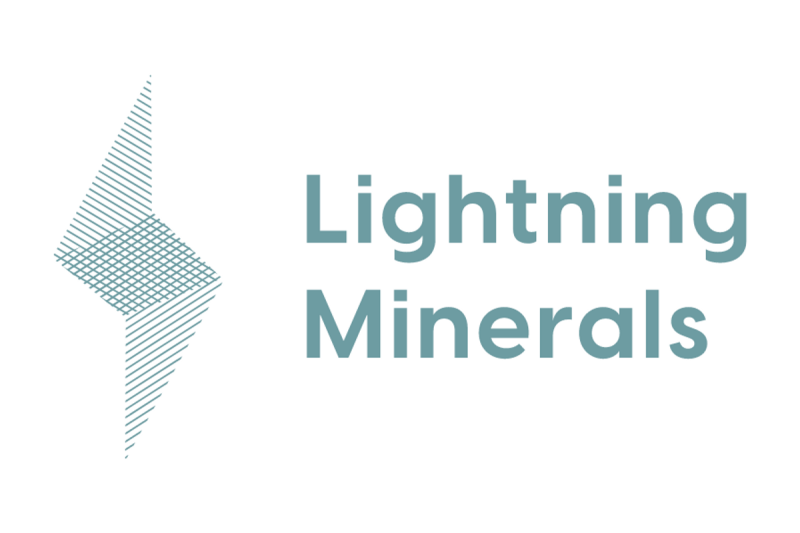In lithological exploration, soil sampling represents a significant component of the scientific method. While this technique allows comprehensive assessment and classification of desired mineral compositions in different layers, its relevance is highly recognized in infill soil sampling due to the intrinsic benefits that this method brings, especially in projects that seek to mine lithium drill targets. One such scenario worth focusing on is the infill soil sampling being conducted at Dundas, a historical mining town in Tasmania.
The site at Dundas presents a unique geological story and a wealth of lithium, a material of growing global demand because of its use in batteries powering everything from smartphones to electric vehicles. To further define lithium drill targets, scientists and geologists rely on strategies like infill soil sampling. This method is essentially an exploration technique designed to delineate and understand mineralized zones of interest. It involves the systematic collection and analysis of soil samples at regular intervals across a specific project area.
The process begins with geological mapping, geophysical surveys, and an initial phase of general soil sampling. After identifying areas of potential mineralization, an infill sampling phase follows to provide a detailed analysis. In Dundas, this involves a more precise and closer spacing of sample points to refine the understanding of the lithium distribution in the mineralized zones. The additional data points gathered increase the confidence of data interpretation and help to provide a more precise guide for further exploration and drilling.
Benefits of Infill Soil Sampling
The application of infill soil sampling at Dundas has several advantages. Firstly, it contributes to an increased understanding of the geology and mineralization of the project area, especially relating to the distribution of lithium. As soil sampling is a relatively low-cost and non-invasive method of exploration, it provides an efficient means of identifying significant zones of mineralization.
Secondly, infill soil sampling can help to prioritize drilling targets. Once numerous infill samples are evaluated, the resultant anomalies and geochemical trends can aid in defining precise drill targets, thereby providing a cost-effective way to focus on resource drilling.
Lastly, it enhances the decision-making process. The comprehensive data derived from infill soil sampling can form the basis for decision-making in terms of whether to proceed with drilling, abandon the project, or redirect the exploration focus.
Applications in Dundas Lithium Exploration
The Dundas region, with its favourable rock types and suspected lithium anomalies, is the perfect candidate for infill soil sampling. The sampling has been targeted between known lithium-tin-tungsten mineralized zones. The initial round of broad-range sampling proved useful in identifying these zones.
The recent infill sampling initiative at Dundas has been designed to improve the resolution of these zones and to identify potential extensions. By analyzing the infill sampling data, geologists can pinpoint potential hotspots of lithium deposits and thereby accurately propose drill targets. A higher density of samples taken provides a closer look at the geological makeup and enhances the mineralization model’s reliability of the area.
Technological Role
Technology has also played a vital role in the data collection and analysis of the soil samples. Advanced analytical instruments, such as X-ray fluorescence (XRF), are used to determine the concentration of lithium in the samples rapidly. Further, Geographic Information Systems (GIS) and computerized 3D modelling enable geologists to spatially visualize and interpret the lithium distribution across the Dundas area.
As lithium continues to solidify its place in technology and energy storage solutions, effective exploration methods like infill soil sampling are of immense importance. With the approach’s application, the Dundas can help satisfy the demand for this precious material and contribute to a more sustainable and tech-savvy future.




